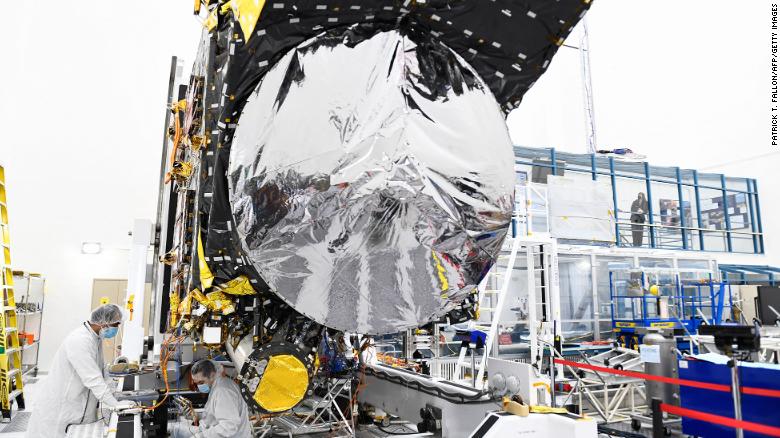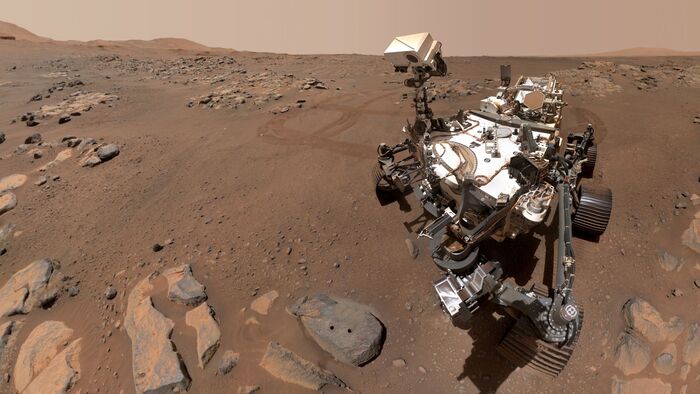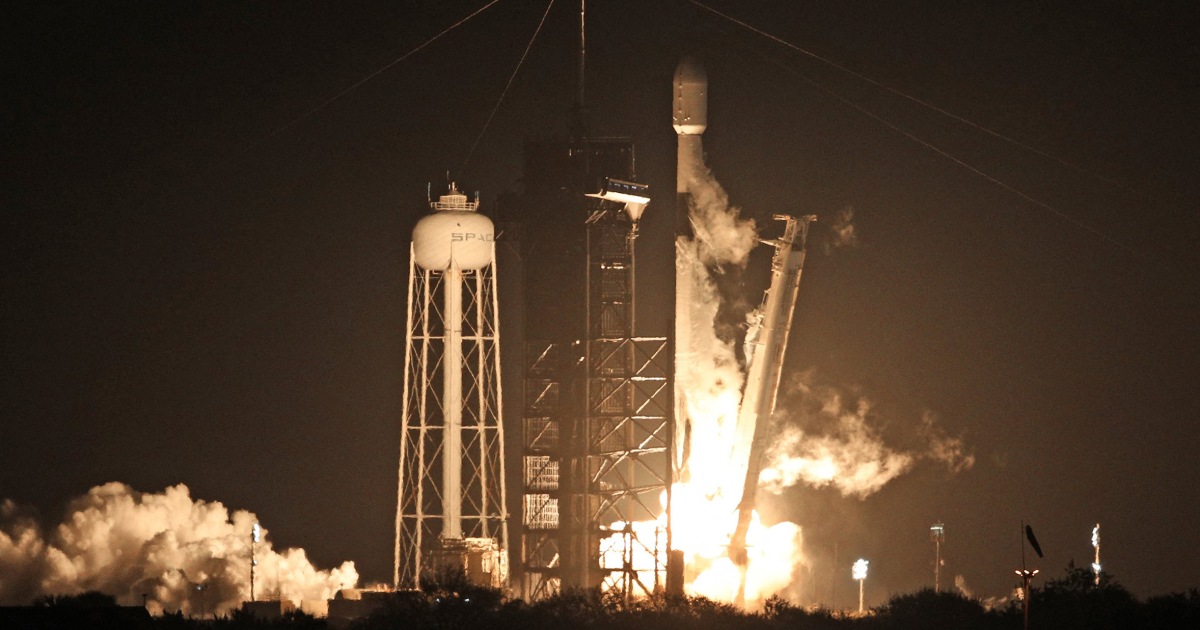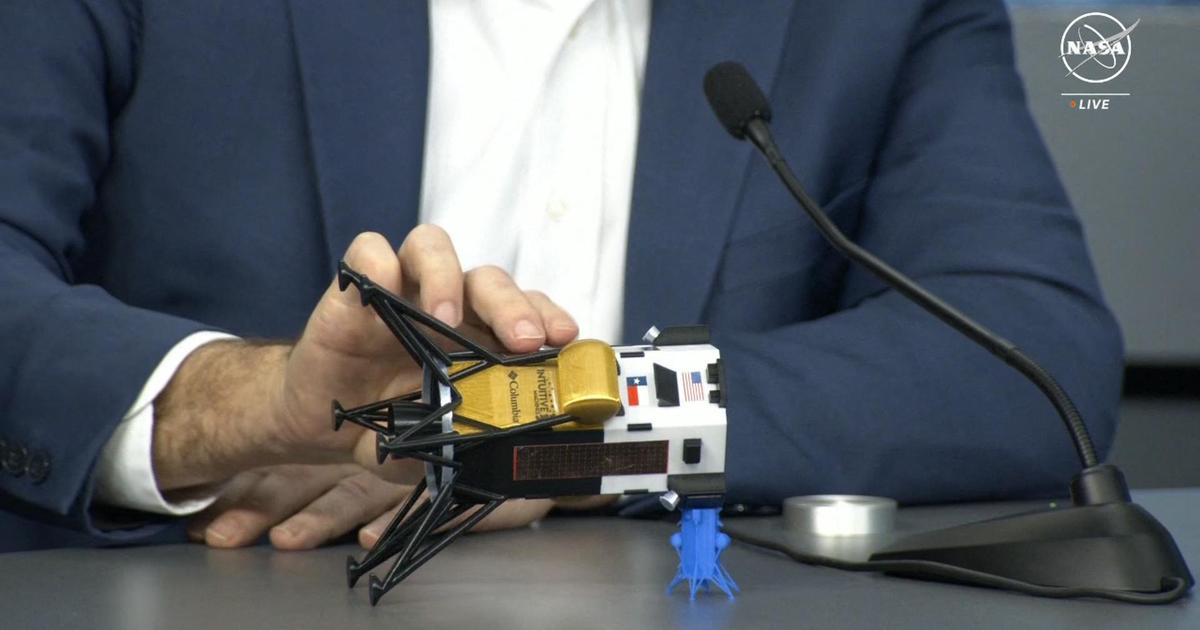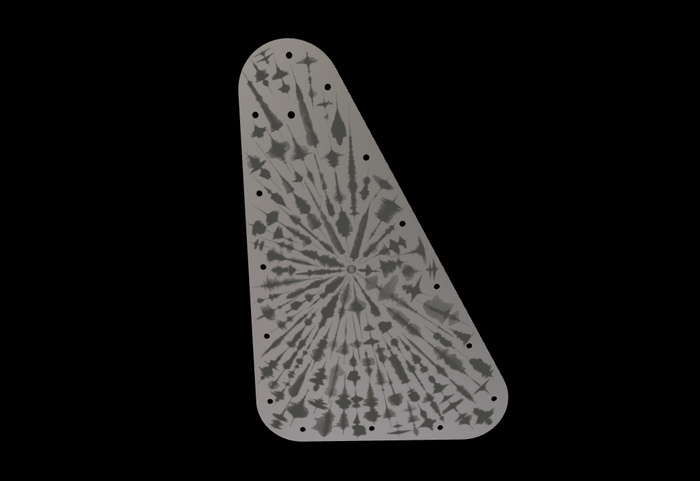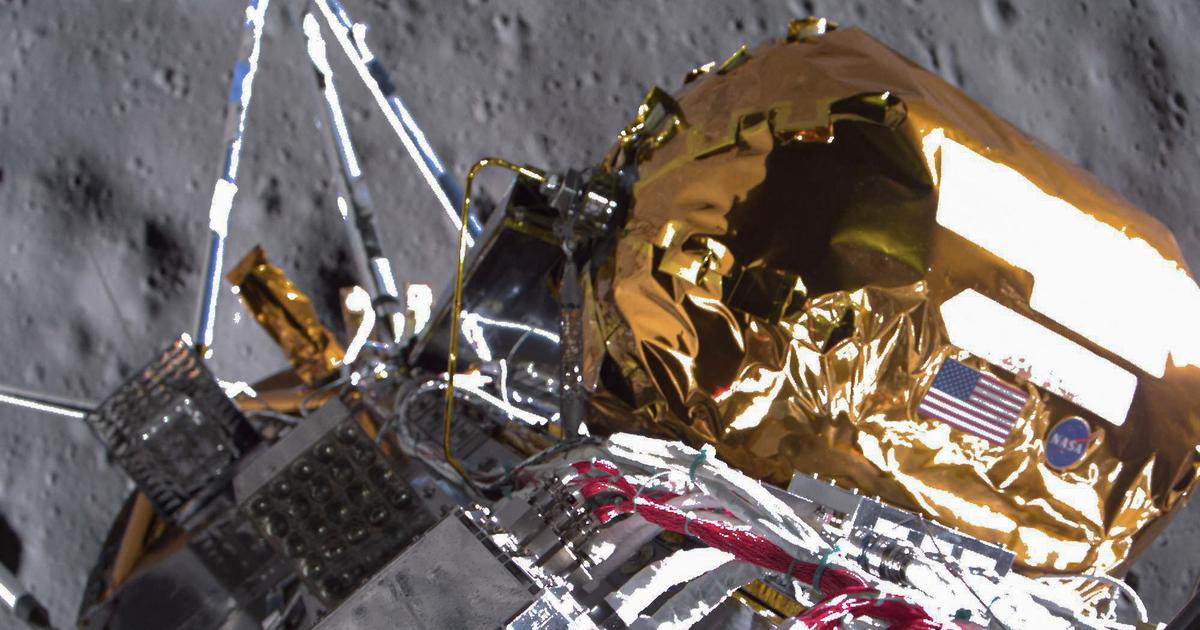You won't believe how much this asteroid costs 1:23
(CNN) --
NASA's first spacecraft designed to study a metallic asteroid will not launch as planned this year, the agency announced Friday.
The Psyche mission launch window for 2022, which opened on August 1 and closes on October 11, will come to an end before the spacecraft's flight software is ready.
A delay in the delivery of the software and its testing team has prevented the Psyche team from having enough time to test before release.
An illustration shows the Psyche spacecraft in deep space, showing off its five-sided solar panels.
Engineers want to be absolutely sure that the software will work as expected once the spacecraft is in flight.
Guidance and navigation software, which is used to control the orientation of the spacecraft as it flies through space, helps orient its antenna toward Earth for communications and data transmission.
The software also provides trajectory information to the spacecraft's propulsion system.
This asteroid is worth more than the entire world economy 0:38
During tests at NASA's Jet Propulsion Laboratory (JPL) in Pasadena, California, engineers discovered a compatibility issue in the software testbed simulators.
The issue has now been fixed, but there is not enough time for a full review and release in 2022.
The space agency will form an independent evaluation team to review the mission and determine a path forward, including estimated costs and possible launch opportunities in 2023 and 2024. The Psyche spacecraft is currently at Florida's Kennedy Space Center.
advertising
Engineers prepare the Psyche spacecraft inside a clean room at NASA's Jet Propulsion Laboratory in Pasadena, California, on April 11.
"Flying to a distant, metal-rich asteroid, using Mars as a gravitational aid along the way, requires incredible precision. We must get it right. Hundreds of people have put remarkable effort into Psyche during this pandemic, and the work will continue as the complex flight software be thoroughly tested and evaluated," said JPL Director Laurie Leshin.
"The decision to delay the launch was not an easy one, but it is the right one."
The mission schedule makes progress difficult.
A launch in 2022 would have taken the spacecraft to the asteroid, also known as Psyche, in 2026. But launch windows of the next few years mean the spacecraft would arrive much later due to different orbital positions, possibly in 2029 or 2030.
"Our amazing team has overcome nearly every incredible challenge building a spacecraft during COVID," said Lindy Elkins-Tanton, Psyche principal investigator and foundation professor and regents professor in the School of Earth Exploration. and the Arizona State University Space.
Important NASA mission on Mars comes to an end due to excess dust
"We have overcome numerous hardware and software challenges, and in the end we have been held back by this latest issue. We just need a little more time and we will get this one fixed as well. The team is ready to move on, and I am so grateful for their excellence."
The delay will also halt two projects that were to travel alongside Psyche on the same SpaceX Falcon Heavy rocket at launch.
The first is NASA's Janus mission, designed to study twin binary asteroid systems, and the second is the demonstration of Deep Space Optical Communications technology.
This demonstration is designed to test high data rate laser communications that could change the way ground computers communicate with spacecraft in deep space.
The ship also boasts a number of innovations, such as ion propulsion instead of traditional rocket fuel.
If it is decided to launch Psyche in the next few years, the ship will embark on a journey of 450 million kilometers.
Asteroid Psyche is so rich in metals that some scientists believe it to be the exposed core of a planetesimal, or a forming planet that has split into layers.
Collisions with other celestial objects over time could have removed the outer layers, revealing the remaining metallic core.
If Psyche really is a core, studying it would be like peering into the heart of a planet like Earth.
The potato-shaped asteroid only appears as a blur when viewed from ground-based and space-based telescopes.
According to NASA, this unusual object could also be a piece of primordial material that never melted.
This rendering shows what scientists think the asteroid Psyche looks like up close.
The results of the evaluation team will determine if this mission will be launched in the next few years or if it stays on the ground.
"I want to emphasize that NASA remains fully committed to scientific discovery and exploration of small bodies," said Lori Glaze, director of NASA's Planetary Science Division.
"This is exemplified by our current OSIRIS-REx, Lucy and DART missions. We look forward to the Psyche evidence review to better understand what that path forward will look like."
POT

